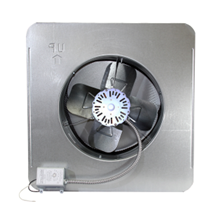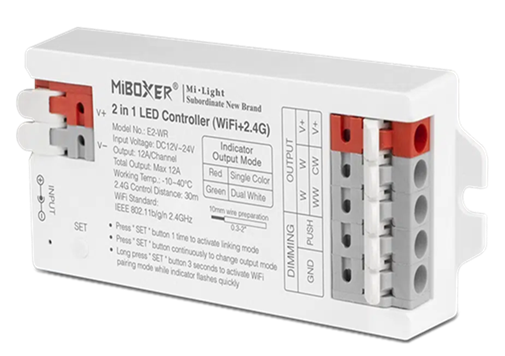
Lots of Cold Feelings in Pipe Freeze Claims
February 12, 2019
A recent Pennsylvania decision highlights the difficulties and critical issues associated with identifying potentially liable parties in pipe freeze cases.
Freezing temperatures have captured the country’s attention once again. Videos and photographs of the Chicago tundra have gone viral on social media, serving as a reminder of winter’s icy grip. While pipe freezes may not be as visually stunning as the Chicago River freezing over, the potential property damage to homeowners and business owners could be equally paralyzing. According to Property Claim Services, winter storms cause an average of $1.5 billion in property damage each year. Identifying the cause of a burst pipe may be a straightforward task; however, identifying the potentially liable party(ies) often requires an extensive review of the installation, maintenance, and inspection records, as well as the contract documentation.
The Eastern District of Pennsylvania summarized the issue in a recent case by bluntly asking, “[W]ho is responsible for covering the cost of damages caused by a burst pipe?” North American Elite Insurance Company, as subrogee of Penn Foundation, Inc. v. Victory Fire Protection, Inc., 2019 WL 357978, involved a frozen sprinkler pipe that burst at a rehabilitation facility in Pennsylvania causing over $300,000.00 in damage. North American Elite Insurance Company (“NAEIC”) paid its insured, Penn Foundation, Inc., and commenced a subrogation lawsuit to recover the repair costs.
NAEIC originally sued the sprinkler installer, Victory Fire Protection, Inc. Victory then joined the facility’s general contractor, Penn Builders, Inc.; the sprinkler maintenance contractor, Anchor Fire Protection Company and the sprinkler inspection company, SimplexGrinnel LP. NAEIC subsequently asserted direct claims against the third-party defendants.
Simplex, Penn Builders, and Victory each raised contractual defenses on a motion for summary judgment. Simplex’s motion was primarily based on a “suit limitations” clause in the Penn Foundation-Simplex contract, which allegedly barred the parties’ claims because they were brought more than one year after the pipe freeze. The Court held the clause applied to Penn Foundation – and by extension NAEIC – but did not apply to Victory, Penn Builders, or Anchor, because they were not a party to Penn Foundation’s contract with Simplex.
Simplex also invoked Pennsylvania’s “gist of the action” doctrine, which in some cases bars tort claims arising from a breach of contract. Simplex motioned to dismiss the claims that Simplex negligently performed its contractual obligations to inspect the sprinkler system. The Court rejected the argument, reasoning that claims arising from a “failure to perform” would be barred by the doctrine, but not claims of negligent performance.
Penn Builders similarly claimed its contract insulated it from any potential liability because Victory had agreed to provide indemnity in their subcontract agreement. The relevant language provided that Victory would indemnify Penn Builders for property damage arising from its performance of the contract irrespective of whether the damage was caused by Victory’s negligence; however, the Court held the provision did not clearly and unequivocally manifest an intent to include, within the scope of indemnification, losses caused by Penn Builders’ own negligence. The indemnity provision, therefore, did not shield Penn Builders from liability arising from its alleged negligence.
Victory, on the other hand, contended that NAEIC’s breach of contract claims necessarily failed because Victory’s contract was with the general contractor, Penn Builder, and not NAIEC’s insured, Penn Foundation. The Court held that an exception to the general rule requiring privity of contract applied because the subcontract agreement expressly conferred a benefit to Penn Foundation. Therefore, Penn Foundation was deemed a “third-party beneficiary,” and NAEIC, as subrogee of Penn Foundation, had standing to assert a breach of contract claim. The Court also held that there was sufficient evidence from which a jury could reasonably conclude Victory intended to extend a warranty to Penn Foundation and permitted NAIEC to maintain a breach of warranty claim.
The mess of competing allegations and claims among the parties, in this case, is noteworthy because it demonstrates the confusion that often exists in the investigation of pipe freeze and other construction-related claims. As was the case here, contractual bars and/or limitations; third party beneficiaries; indemnification; and well developed legal doctrines, such as the “gist of the action” doctrine, may all play a critical role with regard to potential claims. Prosecuting these claims requires a diligent evaluation of each party’s role, and a careful review of the respective contracts to maximize a potential subrogation recovery.
For any further questions, please contact Michael Wolfer.



